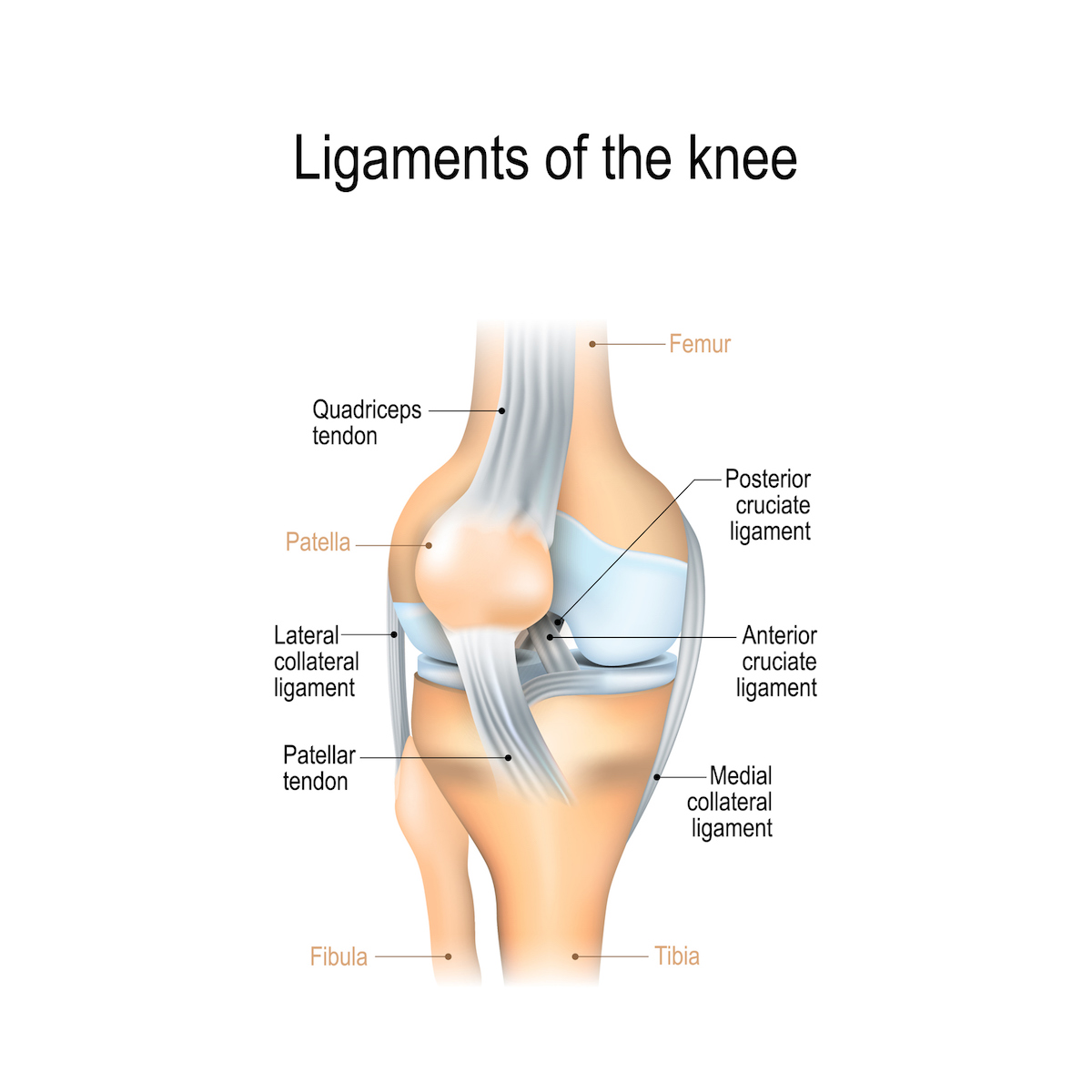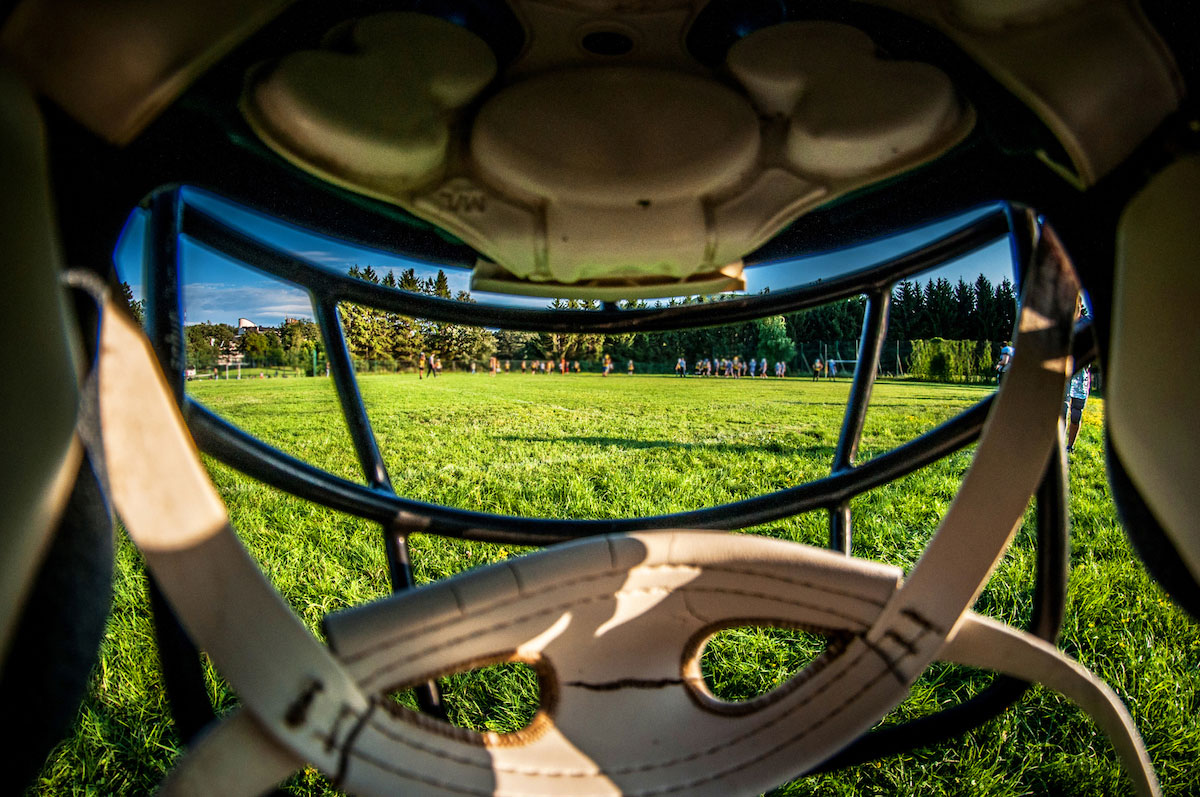Our Super Bowl report evaluates injuries to players of national interest with commentary by a sports orthopedic specialist from the Bone & Joint Institute at Hartford Hospital.
Player: Tyler Higbee, Los Angeles Rams tight end.
Injury: Sprained medial collateral ligament in right knee in the first quarter of the Rams’ NFC Championship victory over the San Francisco 49ers.
Dr. J. Kristopher Ware, an orthopedic surgeon and sports medicine specialist at the Bone & Joint Institute: “Medial collateral ligament injuries are common in football. Most frequently, the injury occurs from contact with another player forcing the knee inward. This is called a valgus stress injury and was the mechanism for Higbee’s MCL sprain. Fortunately, this injury is usually not severe and most often is treated without surgery. The time for return to play depends on the severity of the injury and to some degree the portion of the ligament that is sprained. Return to play can range from 1-6 weeks.”
How it happened: During a blocking sequence at the line of scrimmage, another player rolled up on Higbee’s right knee.
Expected time missed: Higbee appeared to avoid a serious knee injury, but he did not practice during the Super Bowl bye week. His status for Sunday’s game remains in question.
“Given that he will be three weeks from injury,” says Dr. Ware, “there is a chance he will be able to return in time for the Super Bowl. However, this will depend on how quickly he is progressing with his rehabilitation. The medial collateral ligament is an important stabilizer for the medial side of the knee and especially important in the tight end position. It will experience strain when he is pivoting, cutting and being tackled. At three weeks, the ligament is still undergoing the typical healing process and will remain at risk of recurrent injury if he is able to return this weekend.”
What’s the medial collateral ligament?: The MCL is one of four major ligaments that stabilize the knee. The MCL, from its inside position on the “medial” side next to the adjacent knee, prevents an inward collapse. MCL injuries are common in sports that require rapid lateral movement, such as football.
The MCL connects the base of the femur (thigh bone) with the top of tibia (shin bone).
Here are the knee’s other ligaments:
- Anterior Cruciate Ligament (ACL): At the center of the knee. Controls rotation and the tibia’s forward motion.
- Posterior cruciate ligament (PCL): Also at the center of the knee. Controls the tibia’s backward movement.
- Lateral Collateral Ligament (LCL): Runs along the outer knee joint. Adds stability to the outer knee.

Contact vs. non-contact: In Higbee’s case, the injury was caused by a blow from another player on that area of the leg, forcing the knee to collapse inward. Twisting while your knee is bent can also cause an MCL injury.
The severity of an injury is also classified using a grading system:
- Grade 1: a sprain.
- Grade 2: Partial tear.
- Grade 3: Complete tear.
“When a player sustains an MCL injury,” says Dr. Ware, “there is a sudden sharp pain on the inside part of the knee. Occasionally they will feel a pop. As was seen with Higbee, they often have difficulty walking and need to be assisted off the field. In the first few days there is typically pain with walking and with knee range of motion. Depending on the severity of the injury, bruising may develop a few days following the injury. Associated injuries can also occur with MCL sprains including ACL injury and meniscus tears.”
How is an MCL sprain treated?: An MCL sprain is typically treated with physical therapy and anti-inflammatories and what’s known as RICE protocol:
- Rest.
- Ice.
- Compression.
- Elevation.
In the NFL, most players return from an MCL sprain in two to four weeks. So Higbee certainly has a chance to play. Surgery is not likely for MCL sprains.
Nick Chubb, the Cleveland Browns running back, was expected to miss six weeks after a partial MCL tear in October when a defender hit the outside of Chubb’s planted right knee, forcing it inward. He returned after missing only two games.
“The rate of return to play after an MCL injury depends on several factors,” says Dr. Ware. “The grade or severity of the injury is the biggest factor. Grade 1 injuries have the shortest time for return to play and Grade 3 injuries often take the longest. The players will have immediate treatment in the training room to address swelling, restore ROM (range of motion), and progressively work toward return to sports drills that will reduce the time for return to football. Finally, there are individual factors for each athlete and position that influence the rate of healing and ability to return to play.”



